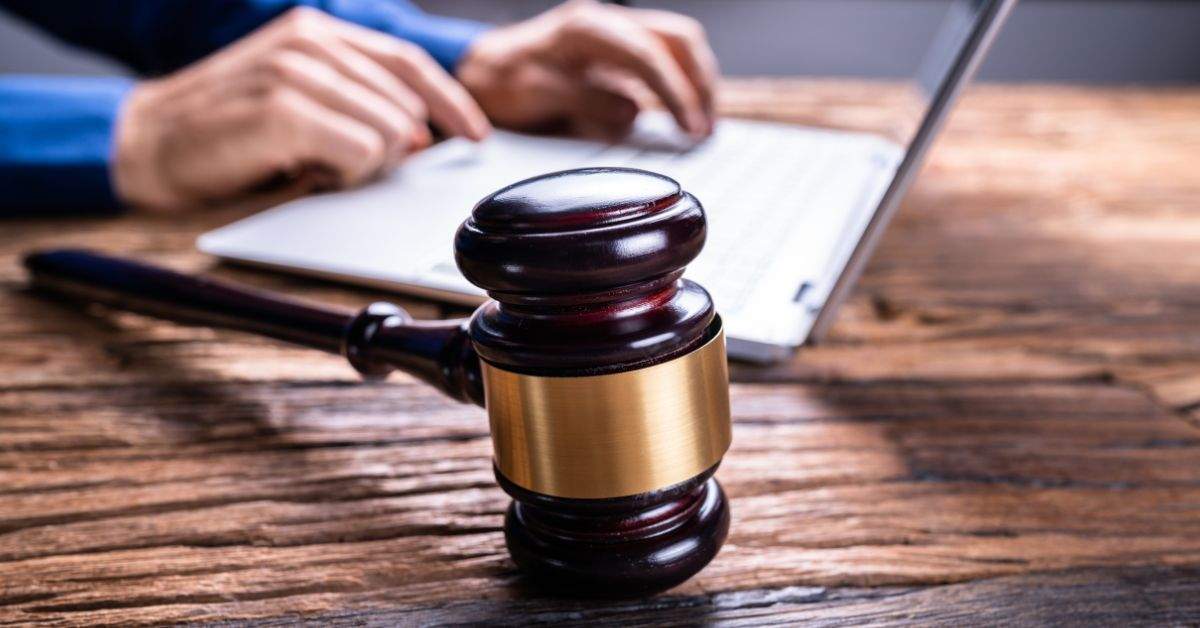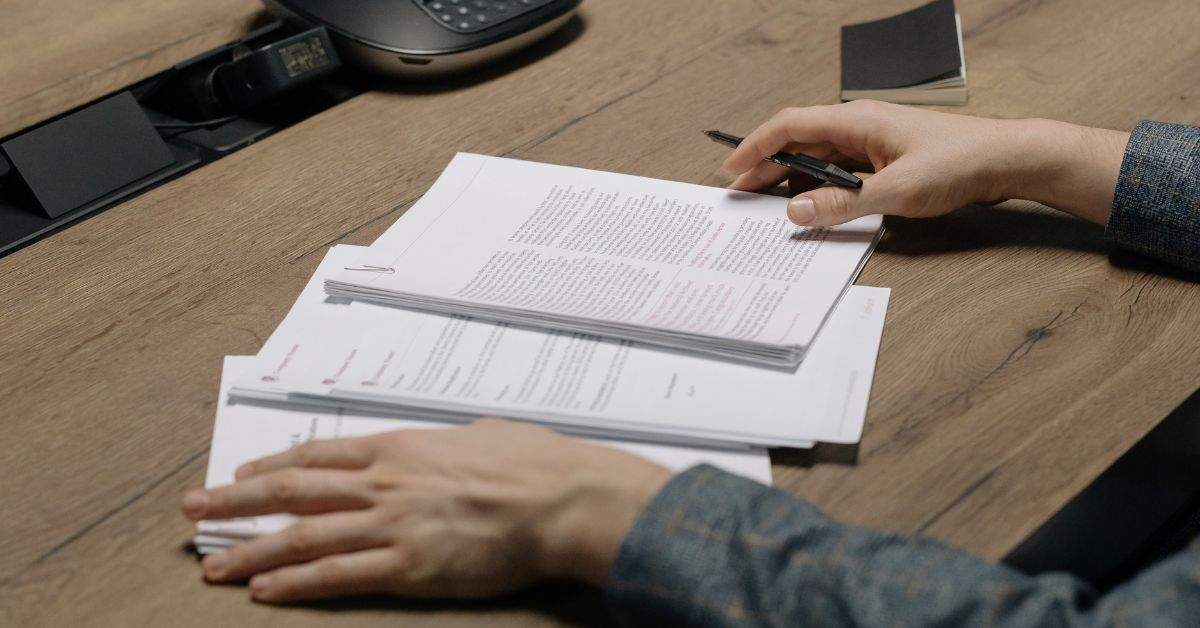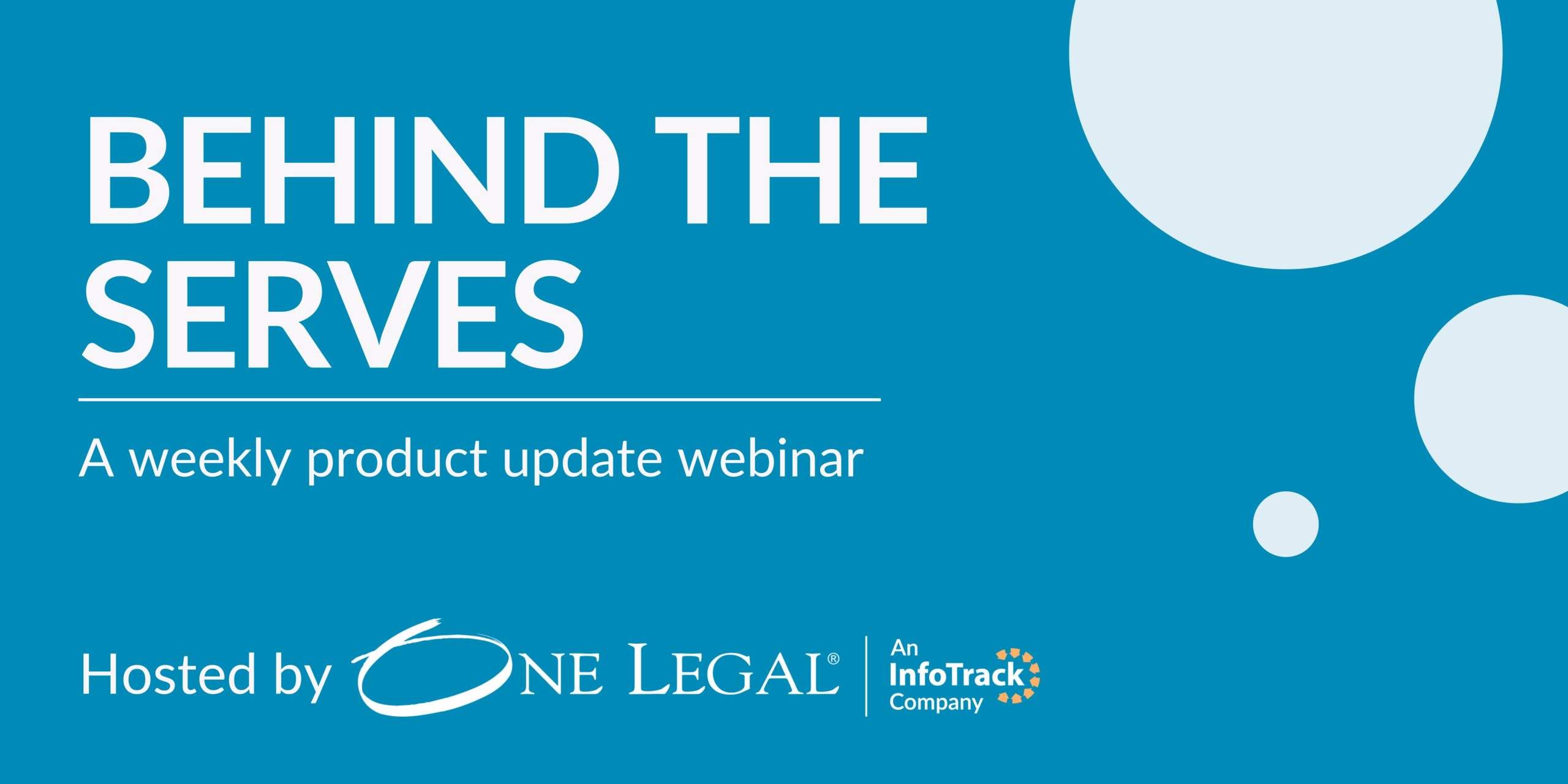The progression of courtroom technology in recent years means it’s essential for lawyers to be able to successfully manage tech when making their cases.
The importance of incorporating technology into legal practice has never been greater in terms of its impact on communication and its role in maintaining credibility and control.
From the demands of tech-savvy clients and evolving courtroom dynamics to the practicalities of integrating technology into your presentations, courtroom tech is not just an option but a necessity for every lawyer aiming to master the art of persuasion.
After all, at their core, good lawyers are good storytellers. But today, being able to tell a good and — more importantly — persuasive story requires the use of courtroom technology.
The importance of using technology in the courtroom
Before we think about technology and how attorneys can use it effectively, we must ask ourselves a fundamental question: what makes a good storyteller?
Certainly, being a good storyteller is critical to what makes a good trial lawyer. Telling a good story means talking to juries and judges in ways they understand.
It also means telling your story without the listener getting distracted. It means being credible. Being the person the listener believes is telling the truth, courtroom technology plays a big role in today’s environment.
Lawyers must be comfortable with courtroom technology
No matter the nature of your practice, your clients, your adversaries, judges, and juries are constantly using technology every day in many ways.
They demand and expect it. Think about when you need to fix something in your home or car. Most of us watch a YouTube video to learn what to do.
We communicate, interact, and learn online and with digital media all the time. We all expect instant access and immediate results, and we all expect to see technological bells and whistles in connection with almost anything presented to us.wh
Juries, judges, and clients are no different. The fact is those you communicate with and are trying to persuade use the internet, social media, and technology to learn and be convinced. They expect you to do the same.
As a result, you need to become familiar with and use state-of-the-art trial presentation technology if you want to persuade.
Otherwise, you will be at a tremendous disadvantage to those who know how to leverage technology in the courtroom or the discovery process. As a trial consultant once said, “Going into a trial having not mastered relevant technology is like going to a gunfight with a knife.”
If you want a jury to remember what you say and think it is true, use the tools that they expect and use themselves.
Courtroom technology keeps everything flowing
Just as much as in persuading juries and judges in ways they are accustomed to, you also want your listener’s focus to be on the story.
Technology can help you do this by allowing the story to be the focus of attention.
If you have to turn to someone in the courtroom every time you show an exhibit and wait for them to get it to appear on a screen, for example, you are losing the listener’s attention.
We have all seen the lawyer in the courtroom shouting to a technician, “Pull up that document. No, not that one. The other one. NO, THE OTHER ONE”. The story is lost.
I was recently listening to Tara Cheever of LitSoftware on the Pioneers and Pathfinders podcast, and they very correctly pointed out that allowing someone other than you to run technology in the courtroom adds a third party into your story who has no business being there.
When examining a witness, for example, you want the examination to be a conversation between you and the witness.
You don’t want to invite someone else in by also talking to a technology operator sitting in the “hot seat” that you direct. It’s distracting.
Finally, your goal in storytelling is always to be competent and trustworthy.
You are so much more in control and competent appearing when you and you alone can tell your story.
By knowing how to use the tools, most are familiar with without relying on others. You do appear to be the authority in the room. You are in command.
You are the authority, the person people look to and rely upon for the truth. It enhances your credibility and stature when you can control the technology.
But I’ll look slick!
But you say, I don’t want to look slick. Technology will detract from what I am saying.
Most of the time, this objection comes from older lawyers who learn and are persuaded in traditional ways with which they are familiar.
But as pointed out above, most jurors are not like this.
They expect technology to be used and will lose interest if it isn’t; they expect a story to be told competently in ways they are accustomed to in real life.
Certainly, you can overuse technology, but I daresay most lawyers underuse technology, not overuse it.
How do I best use courtroom technology?
Start with the story
The effective use of technology means fitting the technology into the story you want to tell.
It’s axiomatic that you must start with the story you want to tell.
Based on that story, only then can you select the best technology to help tell that story.
All too often, I see lawyers falling into the trap of thinking they must use the latest and greatest technology for technology’s sake.
They try to shoehorn the technology into the story without considering whether it really fits or helps the story.
The result is the technology detracts from the story and garbles the lawyer’s message. Without knowledge of and an understanding of technology, we are at the mercy of trial presentation technicians who try to justify their existence by telling us what to use in the courtroom.
The fact is that the technicians are not storytellers. If the technician selects the technology and then operates it in the courtroom, it will inevitably disrupt the story the lawyer is trying to tell.
Practice
When it comes to using technology in the courtroom, practice makes perfect. The lawyers who use technology the best take time to do practice sessions.
To be good at using tech to persuade, you must take the time to master the fundamentals of what it can do and then practice using it.
Use various tools
Technology doesn’t always have to be visual to persuade. You can use audio, for example, where it might be more effective.
The effective use of technology doesn’t mean constant visual imagery.
Also, sometimes, not using tech can be tremendously effective. I have seen a lawyer use various technologies in a courtroom presentation, but now and then, he would show a blank screen while he just talked.
When he did that, every eye shifted from the screen to him. It forced the listeners to pay attention to him instead of the screen for certain critical points he wanted to make.
Stay current
The only way to keep up with these demands is to be knowledgeable and aware of what technology is available and what technology will and will not do.
Don’t forget you have an ethical duty to understand the risks and benefits of technology and use tools that enable you to bill reasonably.
You have a duty to your client to tell the best and most persuasive story.
What courtroom technology should I use?
There are no “one size fits all” solutions when it comes to technology. So, to effectively use technology, you not only have to know what technology is available, but you need some sense of how to use it. That knowledge will help visualize how it can be effectively used in a particular case.
Exactly what you use depends on the story you are telling and your comfort level.
But the key, particularly at the beginning, is to use technology that’s relatively easy to master and use.
A good example of this type of technology is an application called Trialpad. It transforms an iPad into a magical glass with which you can walk around while examining witnesses or making arguments.
You can show a witness an exhibit and direct them to portions of that exhibit that you highlight in real-time.
You can also use it to call out portions of documents and other materials and animate timelines.
You can use it to run things like anatomy apps, Google Earth, show photos, and run videos, among other things.
It lets you control much of your technology instead of relying on someone else.
For trial lawyers, it’s a critical piece of technology.
Another app I have found useful is LiquidText, which is for the management of large document sets.
Liquid Text enables you to organize and annotate documents virtually and, more importantly, enables you to promptly find what you need in the documents.
Timeline 3D and Timeline Maker Pro are good apps for creating timelines, although both have a few limitations. Prezi and Keynote are good alternatives to PowerPoint. Both are a little more intuitive and easier to use than PowerPoint.
Beyond that, look for devices and software that, to paraphrase Apple, just work.
Technology that you can figure out how to reliably use in a few minutes with your own materials and data.
Look also for apps that are easy to use and understand. The time when courtroom technology was complicated and cumbersome to use except by experts is rapidly ending.
Easy-to-use technology is out there. You have to take the time to find it.
And while I am on the subject, a word about PowerPoint. While its use is ubiquitous and it can be effective, be mindful of the phrase “powerless and pointless” when you use it.
There are too many words and bullet points on a screen, and wordy screens don’t hold interest. They detract from your story.
The effects of the pandemic
The pandemic may very well have brought a sea change to the use of technology in courtrooms and in legal.
Even before it happened, courts were discouraging the use of vast numbers of paper exhibits. Courts were becoming less and less tolerant of lawyers using massive numbers of physical boards.
For one thing, paper and multiple storyboards created huge storage issues for courts.
As a result, courts were already moving toward mandating the use of electronic documents and materials.
Because of the pandemic, many courts also started obtaining the technology to make better use of electronic materials and remote proceedings.
For example, screens are now being used in almost every courtroom and are here to say.
Along with remote proceedings, more and more lawyers have mastered how to present evidence electronically. It’s clear tech is becoming more important in litigation.
For lawyers, it will soon be (if it isn’t already) well-nigh impossible to say, “I don’t like to use technology to persuade.”
Remember, there was a time when lawyers resisted using email and argued they would just send letters like they always had.
Those times are long gone. We will see the same thing happen with the way we store and present evidence. And how we share information and evidence with judges, juries, and even clients.
Conclusion
As Steve Jobs used to say at the end of his presentations, there is one more thing. Younger lawyers are used to using technology like iPads and touchscreen devices.
They are more tech-native. If you don’t match that expertise, you will be at a disadvantage. It may be time to up your game, not only for you but also for your client!







